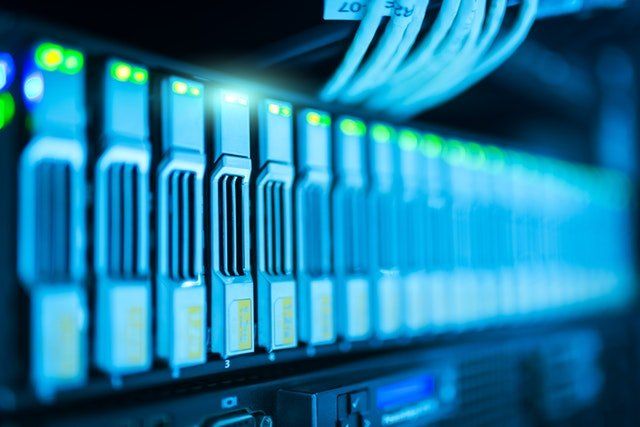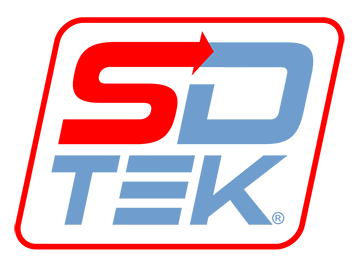Backup and Disaster Recovery: What Is The Difference?

Backup vs. Disaster Recovery
If there are processes that can save your business in the event of a disaster would you deploy them? There are such processes and you have probably used them in one form or another. These two processes are Backup and Disaster Recovery. Data loss and computer crash may mildly affect an individual, but it could destroy a business. Many business owners think that Backup and Disaster Recovery are one and the same because they are often used together. But they aren’t. Explore with us as we discuss the difference between backup and disaster recovery and how they help organizations mitigate disasters.
What Is A Backup?
Backup is a fairly common process that many do on a regular or occasional basis. Backup is the copying of files and data for the purpose of archiving. The files are stored so that they can be restored in case the original files get lost or destroyed. Data can get lost or corrupted due to a number of reasons. These include viral infections, system software crash, hardware failure. Data loss can also be caused by the physical destruction of equipment by deliberate human actions or natural processes.
After such event, a backup plan can help to ensure that businesses can recover important files and continue where they stopped. With a backup solution in place, critical information does not get lost. A backup can help when a business loses its data but no so much when a company needs to restore its business operations. This is where disaster recovery comes in.
What Is Disaster Recovery (DR)?
Disaster recovery results from the creation of strategies and procedures that outlines how business continuity will be ensured in case of data loss or infrastructural failure. In DR, complete business operations and infrastructures are mirrored. That is, disk drives and servers are mirrored with the aim of switching over to them if a system failure occurs. Therefore, in case of a natural disaster or any calamity, a disaster recovery solution can be used to help with business continuity.
Differences between Backup and Disaster Recovery
Resources and Requirements
Disaster recovery requires an alternate production environment where all your data can live. In DR, the current business environment is analyzed holistically. That is, DR requires an environment where security, connectivity, software and physical resources can be duplicated. Unlike DR, backup involves copying just the data to a new location thus requires fewer resources.
Planning Process
A disaster recovery process requires a lengthy period of time to strategize on the way to have a smooth recovery process. DR requires you to determine the critical systems and also do an analysis of both environments and their compatibility. DR requires coming up with a data recovery plan. Backup does not require all these, it only needs to meet the data retention requirements and the Recovery Time Objective (RTO).
Recovery Ability
Backup is very effective when it comes to recovering lost files. However, if the entire back up system collapses, full recovery may be impossible. This is where disaster recovery can help and is able to restore the system in case of a disaster. This is because it involves transferring over the primary environment of your business to a secondary environment that is capable of sustaining your business operations.
Operation Recovery Speed
Backup allows a business to get back its lost data but to restore a full operation, a significant amount of time would have to be spent building the organization’s system. This is not the case for Disaster Recovery which allows the rapid restoration of activities. The process of recovering your business is fast when compared to backup because you don’t have to install new software.
How Backup and Disaster Recovery Work Together
Backup is an essential part of disaster recovery. It serves the basic function of keeping business data safe. A backup that is backing up your files is not enough to maintain a system. It is crucial to have a disaster recovery plan which is like an advanced form of backup. If there is a disaster, an organization can get its data back through backup and it can restore the complete system if a disaster recovery plan is in place.
It’s advisable to have a full disaster recovery plan that includes backup. This is to minimize downtimes and outages in case of any data loss or system failure. It is important to have a sound backup strategy and also check that your backup and disaster recovery processes are up to date and would work in the case of a disaster. This all can be accomplished by working with a managed IT service provider. Here at SDTEK we offer two managed security services. Please click here to learn more about our secureTEK services and find out how we can keep your business safe.
The post Backup and Disaster Recovery: What Is The Difference? appeared first on SDTEK | San Diego, CA.


